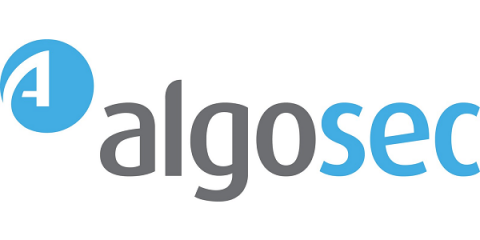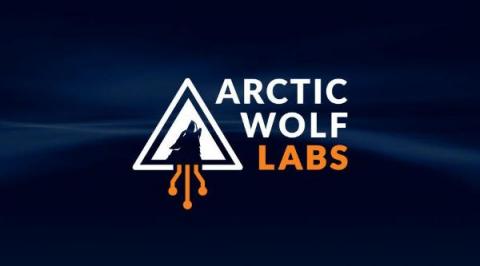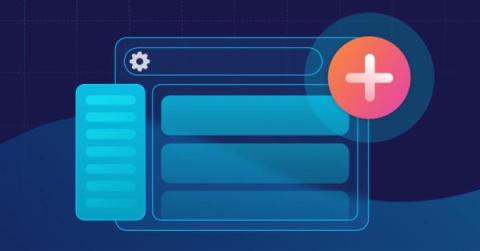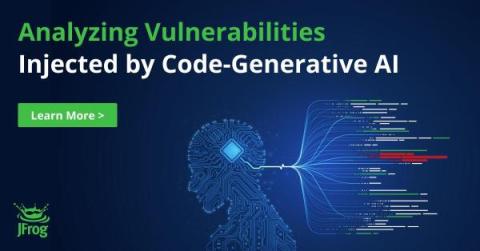Automatic source locations with Rego
At Snyk, we are big fans of Open Policy Agent’s Rego. Snyk IaC is built around a large set of rules written in Rego, and customers can add their own custom rules as well. We recently released a series of improvements to Snyk IaC, and in this blog post, we’re taking a technical dive into a particularly interesting feature — automatic source code locations for rule violations.











